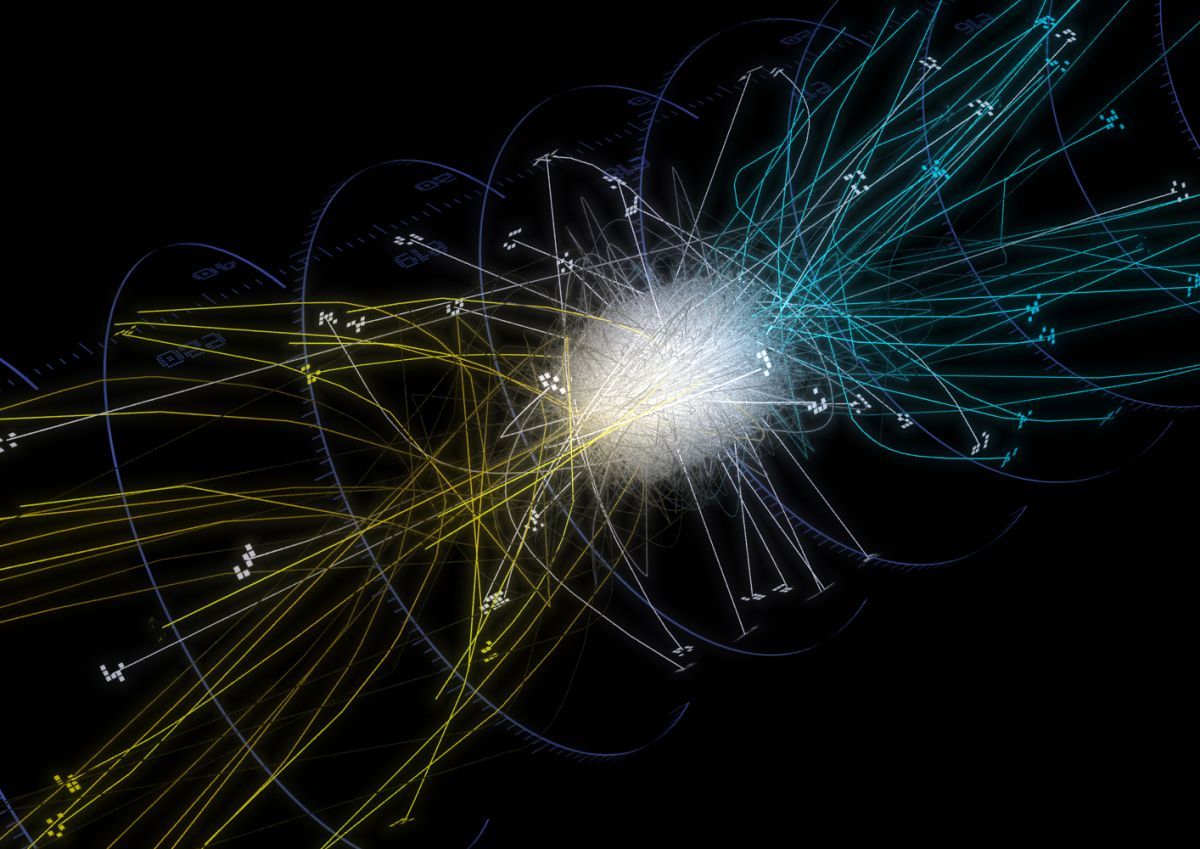Antoine Henri Becquerel (born December 15, 1852 in Paris, France), known as Henri Becquerel, was a French physicist who discovered radioactivity, a process in which an atomic nucleus emits particles because it is unstable. He won the 1903 Nobel Prize in Physics with Pierre and Marie Curie, the latter of whom was Becquerel’s graduate student. The SI unit for radioactivity called the becquerel (or Bq), which measures the amount of ionizing radiation that is released when an atom experiences radioactive decay, is also named after Becquerel.
Becquerel was born December 15, 1852 in Paris, France, to Alexandre-Edmond Becquerel and Aurelie Quenard. At an early age, Becquerel attended the preparatory school Lycée Louis-le-Grand, located in Paris. In 1872, Becquerel began attending the École Polytechnique and in 1874 the École des Ponts et Chaussées (Bridges and Highways School), where he studied civil engineering.









